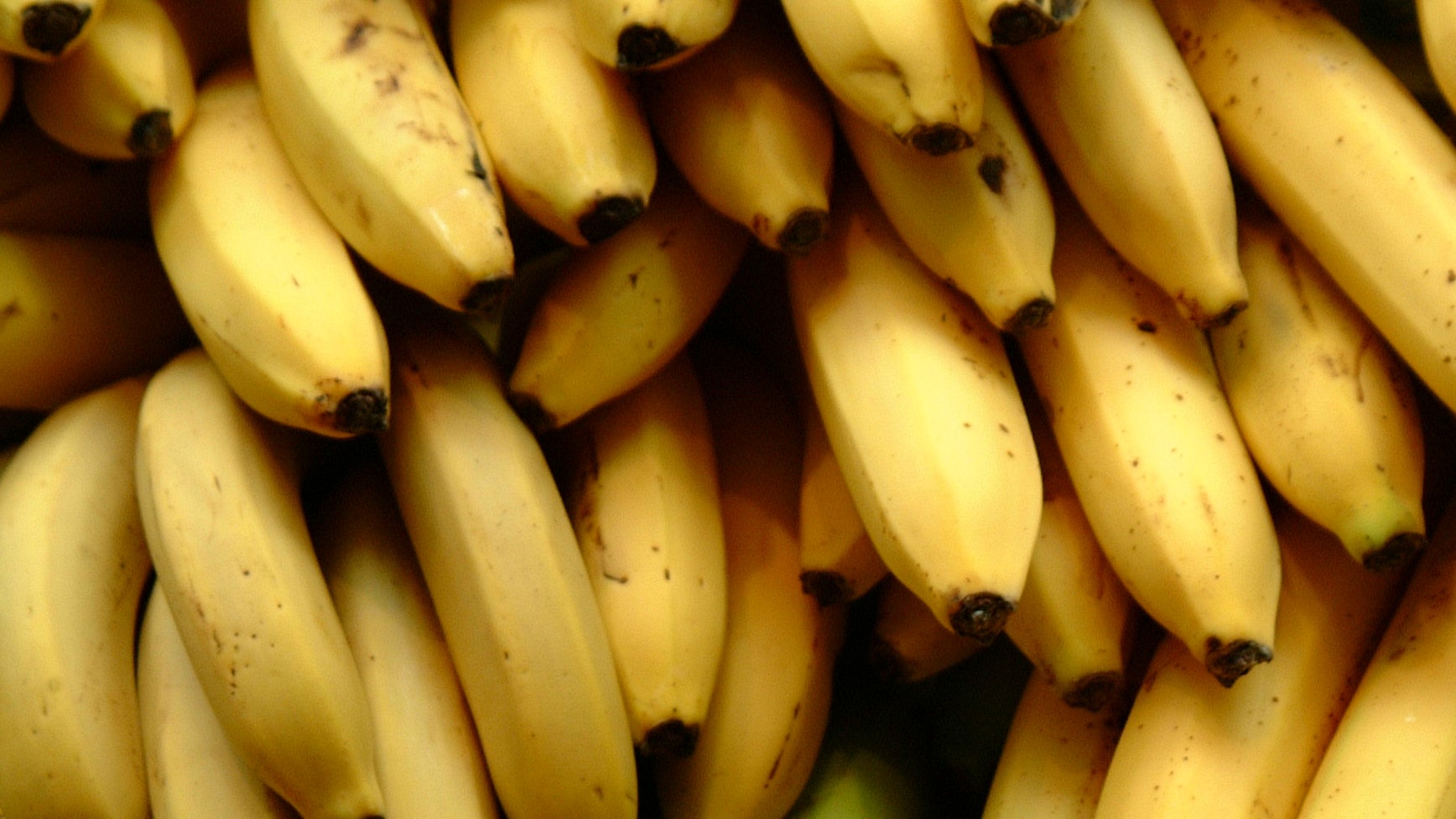Japanese farmers created a new kind of banana with an edible peel
Most of the world’s bananas are grown in tropical temperatures that consistently hover around 80°F (27°C), but D&T Farms in southern Japan keeps its banana trees at a frigid -76°F (-60°C). Then, the farmers replant the trees in an 80°F environment. The result of the wildly different temperatures is enough to encourage the plants to jolt into a state of rapid growth, producing a banana with a peel that doesn’t entirely mature, making it thin, soft, and sweet enough to eat along with the regular part of the fruit.


Most of the world’s bananas are grown in tropical temperatures that consistently hover around 80°F (27°C), but D&T Farms in southern Japan keeps its banana trees at a frigid -76°F (-60°C). Then, the farmers replant the trees in an 80°F environment. The result of the wildly different temperatures is enough to encourage the plants to jolt into a state of rapid growth, producing a banana with a peel that doesn’t entirely mature, making it thin, soft, and sweet enough to eat along with the regular part of the fruit.
This bizarre method of production is called “freeze thaw awakening,” and results in a banana with a perfectly edible—even delicious—peel. The fruit—called the Mongee banana—is now available in extremely small, 10-banana batches sold each week in a regional Japanese retail outlet called Tenmanya Okayama. The fruit go for a whopping $6 per banana. Supplies of the banana are extremely limited, but the company is interested in expanding, as it recently posted job listings (in Japanese) on its website for new banana farmers.
As it is in many countries, the banana is the most popular fruit in Japan. And like most other countries, Japan imports the vast majority of bananas it consumes—99% to be exact. The Mongee banana could be a way to help grow that domestic 1% of the market. D&T Farms, based in the southern prefecture of Okayama, boasts on its website that it grows its bananas without pesticides and that the edible peel provides extra nutrients (some good, some bad), including tryptophan, vitamin B6, magnesium, zinc, and more sugar.
According to Japanese media, the Mongee banana has 24.8 grams of sugar, much more than the average banana’s 18 grams or so. Taste-testers at Rocket News 24 said the fruit had a very tropical taste to it, with a scent reminiscent of pineapple.